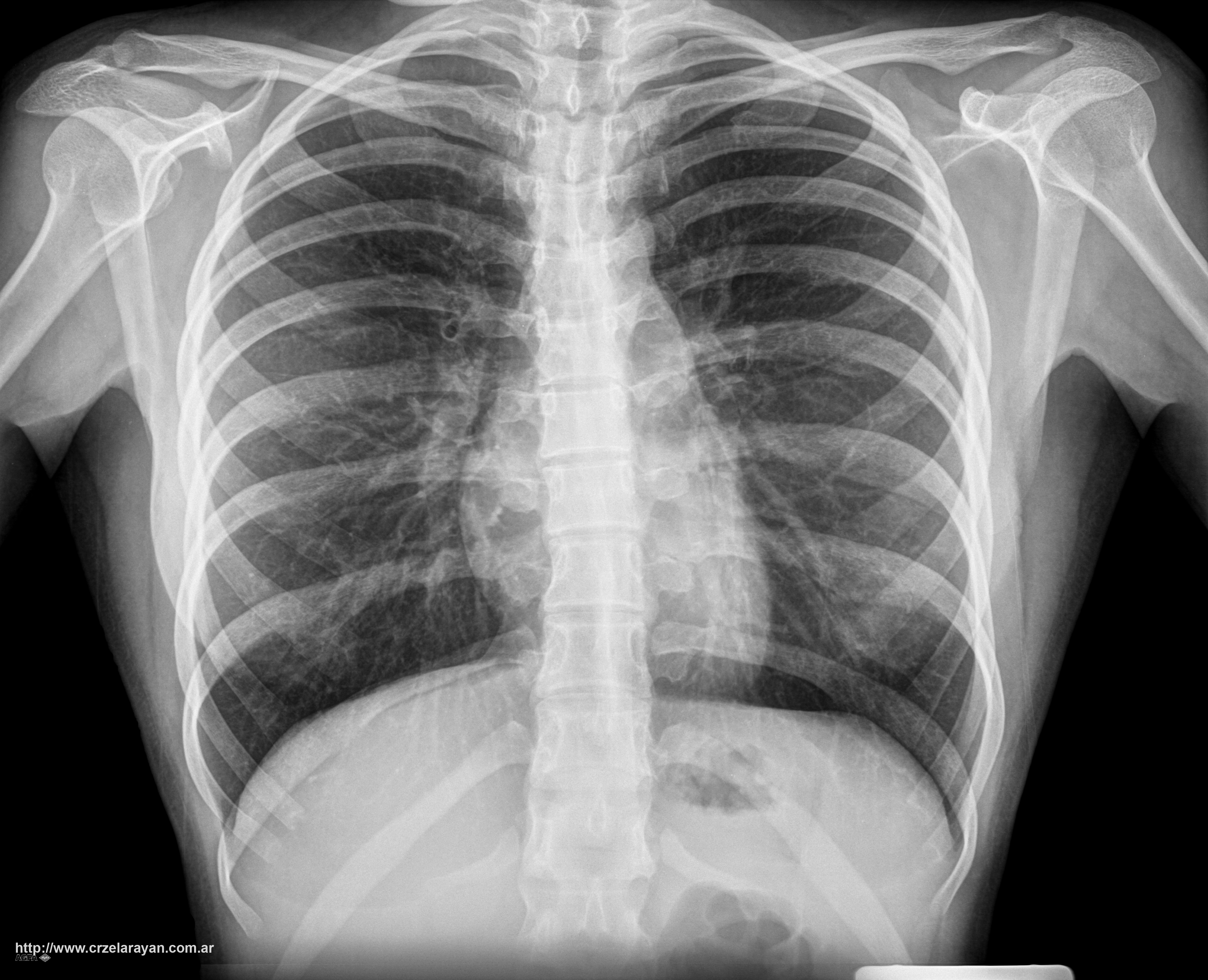 Energy is a propety of objects which can be transferred to other objects or converted into different forms.The "ability of a system to perform work" is a common description, but it is difficult to give one single comprehensive definition of energy because of its many forms. In SI units, energy is measured in joules.
Energy is a propety of objects which can be transferred to other objects or converted into different forms.The "ability of a system to perform work" is a common description, but it is difficult to give one single comprehensive definition of energy because of its many forms. In SI units, energy is measured in joules.Awesome energy
This is a blog that contains the proyects about energies of the students of the class of 3ºESO B of IES Praia Barraña for the 3rd themathic week.
jueves, 31 de marzo de 2016
Definition of energy
 Energy is a propety of objects which can be transferred to other objects or converted into different forms.The "ability of a system to perform work" is a common description, but it is difficult to give one single comprehensive definition of energy because of its many forms. In SI units, energy is measured in joules.
Energy is a propety of objects which can be transferred to other objects or converted into different forms.The "ability of a system to perform work" is a common description, but it is difficult to give one single comprehensive definition of energy because of its many forms. In SI units, energy is measured in joules.miércoles, 30 de marzo de 2016
Types of energy
- Mechanical: the mechanical energy is the sum of kinetic and potential energies. Kinetic energy is the energy associated with the bodies that are in movement, it depends on the mass and the speed of the body.The potential energy is the energy that results from the position or configuration of the object.
- Nuclear: the nuclear energy or atomic energy is the energy that is released spontaneously or artificially on the nuclear reactions.
- Electric: the electric energy is the form of energy that will result of the existence of a potential diference between two points, situation that will permit establish an electrical current between both points if you place it in contact trought an electric conductor to obtain the mentioned work.
- Radiant: the radiant energy is the energy possessed by the electromagnetic waves like the visible light, the radio waves, ultraviolet rays (UV), infrared rays (IR), etc.
- Thermal: is known as thermal energy the energy released in form of heat, that is, it passes from a warmer body to other with less temperature.
- Chemical: the chemical energy is the energy contained in molecules.
Etiquetas:
chemical energy,
electric energy,
energy,
kinetic enegy,
mechanical energy,
nuclear enegy,
potential energy,
radiant energy,
thermal energy,
types of energy
martes, 29 de marzo de 2016
Energy transformation
Energy transformation or energy conversion is the
process of changing one energy transformation to another form of energy.
Etiquetas:
chemical energy,
electric energy,
energy,
kinetic enegy,
mechanical energy,
nuclear enegy,
potential energy,
radiant energy,
thermal energy,
transformation of energy,
types of energy
lunes, 28 de marzo de 2016
Renewable energies
The renewable energies are those that are present in an unlimited form or that are regenerated. They are: solar, geothermal, hydroelectric, nuclear, wind, biomass and tydal. These energy sources are usually more clean than non renewable energies.The following slideshows explain these energy sources and how their power plants work:
Authors: Pablo Trasbach, Sonia Mª Romero, Antía Ramallo.
Authors: Pablo Trasbach, Sonia Mª Romero, Antía Ramallo.
Authors: Álex Tubío, Sara Romero, María Blanco.
Authors: Eva Regades, Jorge Saavedra, Miranda Carou.
Authors: Jorge Hermo, Jorge Piñeiro, Catarina da Silva.
Authors: María Jacobs, María Gómez, David Triñanes.
Authors: Laura Pérez, Pablo Manuel Piñeiro, Sabela Martínez.
domingo, 27 de marzo de 2016
Non renewable energies
The non renewable energies are those that are present in a limited form. They are fossil fuels like oil, coal, gas and nuclear fuels like uranium. These energy sources were the most used until a few years ago, but now they're less used because they are poullants, especially, the fossil fuels.The following slideshows explain these energy sources and how their power plants work:
Authors: Yolanda Caqueiro, Álex Santos, Javier Varela.
Authors: Yolanda Caqueiro, Álex Santos, Javier Varela.
Authors: Sandra Martínez, Roi García, Sara Blanco.
Suscribirse a:
Entradas (Atom)







